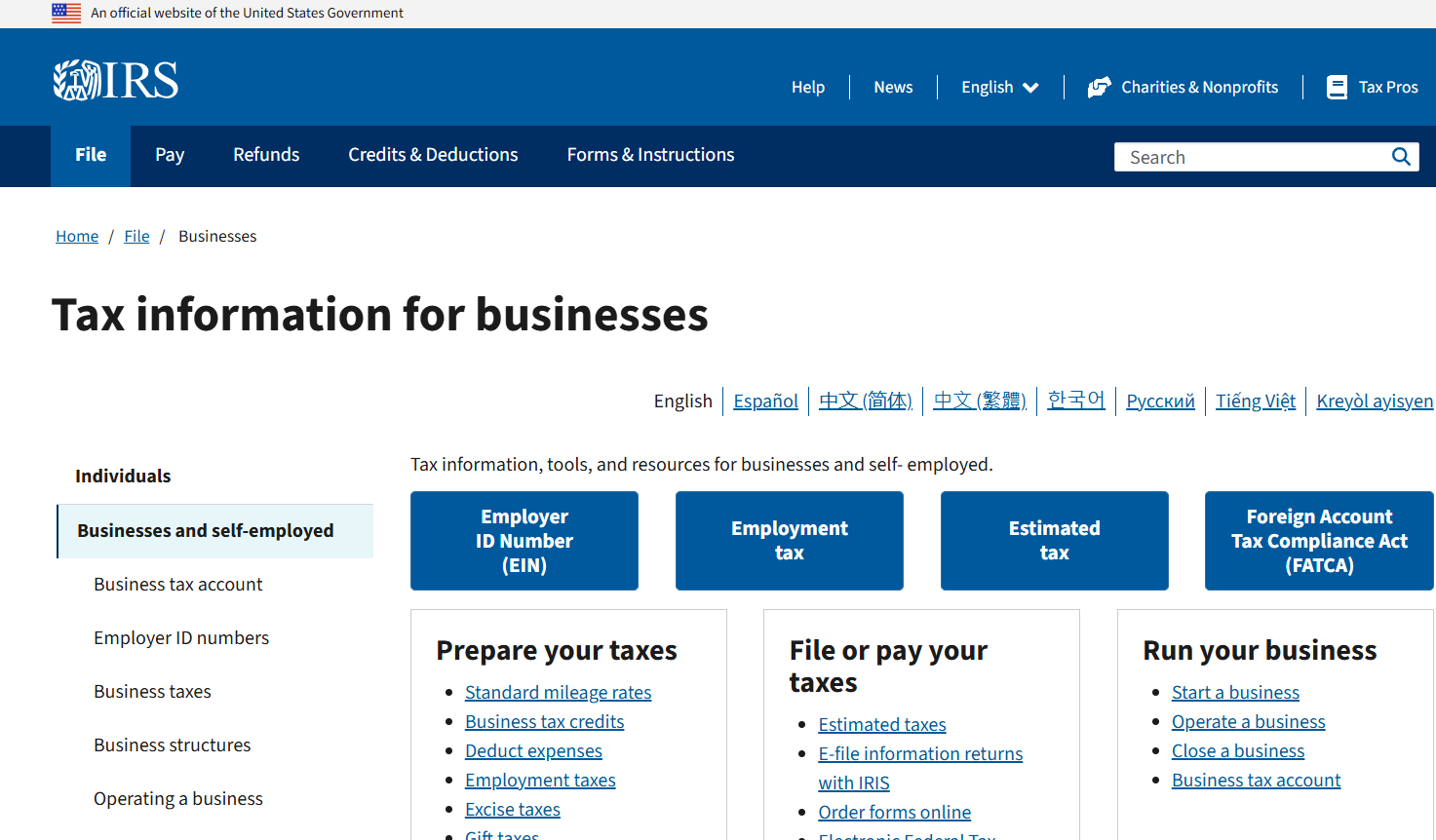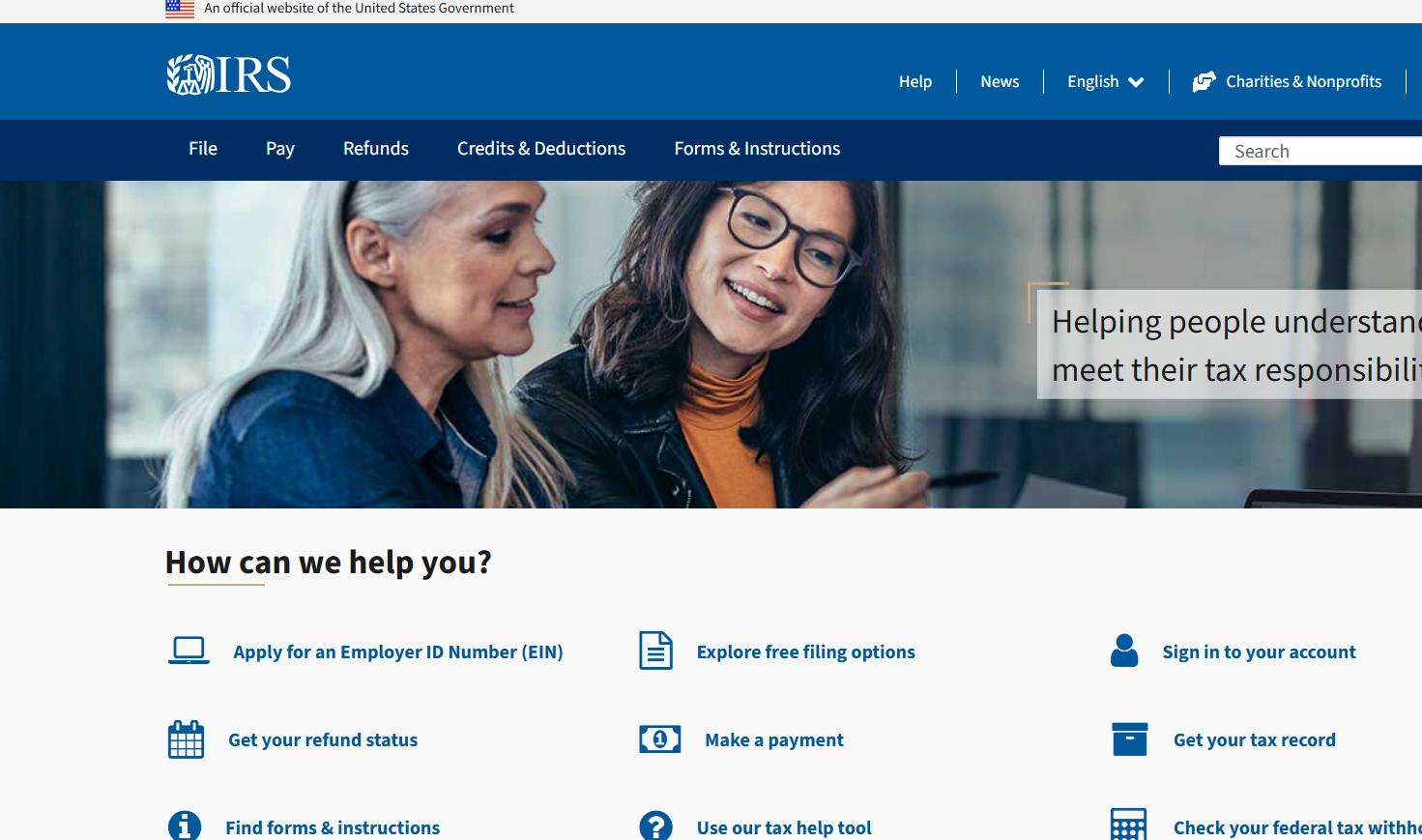Prepaying Real Estate Taxes in 2017 – Tax Reform Strategy

by Gregory S. Dowell
December 14, 2017
As addressed in our year-end newsletter that was emailed to clients (and mailed to those for whom we did not email addresses), it looks like tax reform will include some limitation on the amount of state income taxes and real estate taxes that can be deducted in 2018. The latest word from the joint House-Senate committee seems to be that there will be a $10,000 overall cap on the amount of state income taxes and real estate taxes that can be deducted.
Let me offer one caveat upfront: It is rare that a blanket statement can be made when it comes to taxes because each taxpayer’s situation is unique, and this is no exception. With that caveat in mind, it may be advantageous for many taxpayers to prepay their real estate taxes, if at all possible. This works in states where the real estate taxes are assessed in arrears; for instance, in Illinois we pay taxes during the current year that were assessed in the prior year (in 2017 we paid 2016 real estate taxes). Prepaying real estate taxes (and state income taxes) in 2017 is a good idea if there is no question that you will be able to itemize deductions in 2018 (bear in mind that many taxpayers will no longer itemize, as the standard deduction will be increased in 2018). Assuming a taxpayer can itemize in 2017 and 2018, if paying those real estate taxes early pushes a taxpayer into AMT in 2017, the taxpayer might still be better off paying the real estate taxes in 2017 and triggering the AMT, due to the $10,000 limitation on all state and local income and real estate tax deductions in 2018. Again, there is no blanket approach; each situation is unique.
Many taxpayers who could itemize deductions historically will no longer be able to itemize deductions in 2018, as the standard deduction could rise to some amount in excess of $24,000 for a married couple. For those taxpayers, even if paying the RE taxes early pushes them into the AMT in 2017, it will still be beneficial to prepay real estate taxes and take whatever reduced deduction is available in 2017, rather than be able to deduct none of the real estate taxes in 2018.
The 1st installment of Cook County real estate taxes are due in February of 2018, while the 1st installments for Lake and McHenry counties are due to be paid in June of 2018. The following is some information on prepaying real estate taxes in the Chicago collar county area (if you live in a different county, just call your county assessor):
Cook County:
- Prepayment bills from the Cook County Treasurer’s office can be requested online (https://www.cookcountytreasurer.com/emailus.aspx?topicid=26by) or by mail to: Cook County Treasurer, Attention Prepayments, 118 North Clark Street, Room 112, Chicago, IL 60602 (remember to include your mailing address and PIN)
- Participants can prepay the 1st of the 2017 Cook County real estate taxes, which is 55% of the final 2016 real estate taxes paid in 2017
- Make checks payable to the Co0k County Treasurer; include your address, PIN, and “prepayment” in the memo line
- Prepayment must be postmarked by December 31st
- Checks can be taken to the Cook County Treasurer’s office or mailed to P.O. Box 805438, Chicago, IL 60680
Lake County:
- Prepayment amount can be no more than the assessment for 2016
- Checks can be taken or mailed to the Lake County Treasurer’s Office at 18 N. County St., Waukega, IL 60085
- Prepayments must be in the Treasurer’s Office no later than December 29th (postmarks not accepted)
- Make checks payable to the Lake County Treasurer; indicate “prepayment” and the PIN number on your check
- Note: Refunds will be given only if the taxes calculated are less than the prepaid amount
McHenry County:
- Go online (https://www.co.mchenry.il.us/home/showdocument?id=78799) and complete the agreement
- Return the agreement to McHenry County Treasurer’s Office with a check by December 29, 2017; indicate the address and PIN on the check
- Funds are held in escrow until tax bills are issued
- Understand that any excess is likely not refundable










